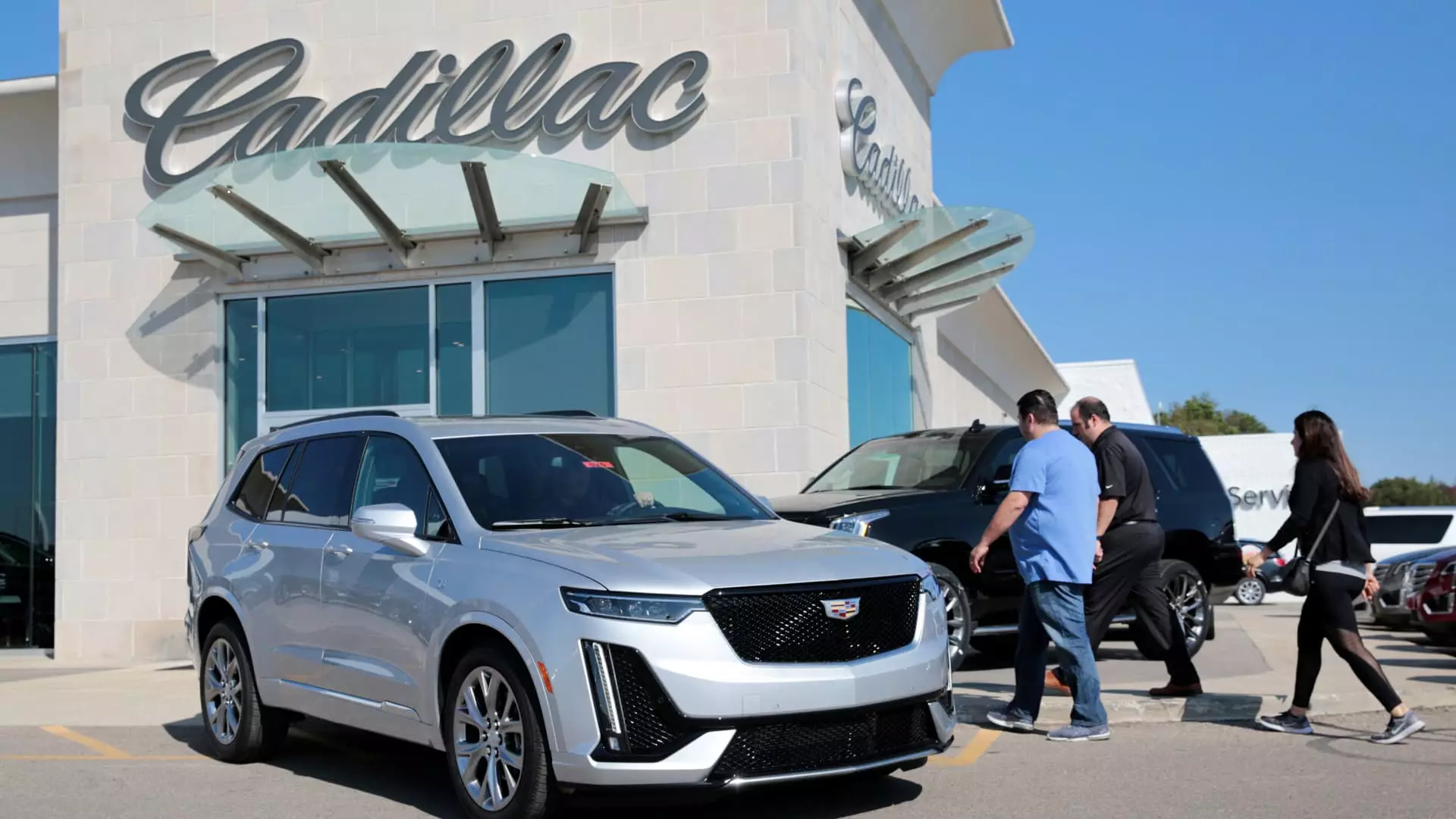In a decisive move reflecting broader trends in the automotive industry, General Motors has announced the discontinuation of its XT6 crossover, a decision that symbolizes a significant shift in Cadillac’s strategy. This three-row crossover, which launched to an underwhelming market reception in 2019, will conclude its production at the Spring Hill assembly plant in Tennessee by the end of this year. Despite sharing components with vehicles like the GMC Acadia, the XT6 has not resonated with consumers, averaging a mere 19,000 units sold annually since its debut. This lackluster performance raises questions about Cadillac’s direction and whether it can truly pivot from mediocre offerings to market-leading vehicles.
A Focused Commitment to EVs and the XT5
In contrast, Cadillac’s decision to extend production of the XT5 crossover until at least 2026 demonstrates a more strategic approach, responding to tangible consumer demand. The internal memo highlighting “strong customer demand” suggests that Cadillac’s viability can still be rooted in gasoline-powered models while the industry shifts towards sustainable solutions. The XT5, previously thought to be on the chopping block due to Cadillac’s ambitious goals for an all-electric lineup, has emerged as a popular choice, ranking as the brand’s third-best selling model behind the Escalade and the Lyriq. This development poses a fascinating commentary on consumer preferences—can Cadillac, which has historically positioned itself as a luxury brand, successfully navigate this transitional phase without losing its identity?
The Impact of Market Dynamics on Production Decisions
While Cadillac’s recent product rollouts and the production of the Cadillac Lyriq, the brand’s inaugural EV, indicate a commitment to innovation, the choice to halt the XT6 appears prudent rather than punitive. Market dynamics dictate that GM’s adjustments are not merely reactive but strategic. With an ongoing pursuit to balance gasoline-powered vehicles with electric ambitions, the Spring Hill assembly plant serves as a microcosm of the automotive industry’s evolution. The temporary layoffs and the scheduled downtime further expose the industry’s vulnerabilities and unpredictability, signaling to consumers that adaptability may be the new norm, particularly amid fluctuating demand.
Evaluating Consumer Trends in a Changing Landscape
The fate of the XT6 serves as a cautionary tale about misaligned market strategy and customer preferences. It appears that Cadillac may have overestimated the demand for yet another gasoline-powered SUV in a landscape that is progressively inclining towards EV adoption. This mirrors a broader automotive phenomenon where not all new releases guarantee success. It highlights the need for manufacturers to not only innovate but also to be in tune with consumer desires—vehicles must cater to evolving societal values concerning sustainability.
Cadillac’s ambitious plans for an all-electric future signal shifting tides in automotive history. However, with the XT6 fading into obsolescence while the XT5 thrives, it becomes clear that legacy automakers must balance aspirations with current market realities. In a race to electrify, does Cadillac risk alienating a loyal segment of its consumer base who remains firmly within the gasoline camp? This dilemma positions Cadillac amid a crucial crossroads—one that will shape its identity for years to come in the evolving automotive landscape.

